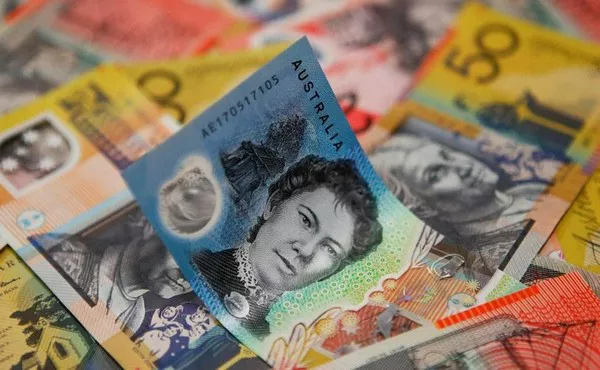The Australian Dollar (AUD) extended its rally against the U.S. Dollar (USD) for a third consecutive session on Monday, bolstered by recent rate cuts in China, Australia’s largest trading partner. The People’s Bank of China (PBoC) lowered the 1-year Loan Prime Rate (LPR) to 3.10% from 3.35%, and the 5-year LPR to 3.60% from 3.85%, aligning with market expectations. These reductions in borrowing costs are anticipated to stimulate domestic economic activity in China, potentially boosting demand for Australian exports.
Last week’s positive employment data from Australia has also diminished the likelihood of the Reserve Bank of Australia (RBA) implementing interest rate cuts this year, lending further support to the AUD/USD pair. RBA Deputy Governor Andrew Hauser spoke at the CBA 2024 Global Markets Conference in Sydney on Monday, expressing mild surprise at the robust employment growth. He noted the remarkably high labor participation rate and reiterated that while the RBA is data-dependent, it is not overly fixated on data.
Market Dynamics: Rate Cut Speculation and Economic Resilience
The U.S. Dollar gained traction as data reflecting the resilience of the U.S. economy dispelled expectations for a 50-basis-point rate cut by the Federal Reserve (Fed) in November. According to the CME FedWatch Tool, there is a 94.3% probability of a 25-basis-point rate cut, with no expectation for a 50-basis-point reduction.
National Australia Bank adjusted its forecast for the RBA, predicting the first rate cut will occur in February 2025 rather than May, with a gradual decrease in rates expected to 3.10% by early 2026.
Last Friday, PBoC Governor Pan Gongsheng announced that the Chinese central bank has issued guidelines for stock buybacks and relending to enhance credit holdings, emphasizing the importance of preventing illegal inflows into the stock market.
China’s Gross Domestic Product (GDP) grew at an annual rate of 4.6% in the third quarter of 2024, slightly down from 4.7% in the previous quarter but exceeding market expectations of 4.5%. Quarterly GDP rose by 0.9% in Q3 2024, up from 0.7% previously but falling short of the forecast of 1.0%. Meanwhile, retail sales in China increased by 3.2% year-over-year in September, outperforming both the expected 2.5% growth and the prior figure of 2.1%.
In the U.S., retail sales rose by 0.4% month-over-month in September, exceeding both the 0.1% increase recorded in August and market expectations of 0.3%. Additionally, U.S. Initial Jobless Claims decreased by 19,000 during the week ending October 11, marking the largest decline in three months and bringing total claims to 241,000, significantly below the anticipated 260,000.
In Australia, employment surged by 64.1K in September, bringing total employment to a record 14.52 million, well above market expectations of a 25.0K increase. The unemployment rate held steady at 4.1%, lower than the anticipated 4.2%.
Technical Analysis: AUD/USD Below Key Indicators
The AUD/USD pair is trading around 0.6720 on Monday. A technical analysis reveals that the pair is positioned below the nine-day Exponential Moving Average (EMA), indicating a short-term bearish bias. The 14-day Relative Strength Index (RSI) remains below 50, further confirming this bearish sentiment.
Key support levels to monitor include the psychological barrier at 0.6700. A break below this level could increase downward pressure on the AUD/USD pair, potentially pushing it towards the eight-week low of 0.6622, last observed on September 11.
On the upside, the AUD/USD pair may test the nine-day EMA at 0.6723, followed by the 50-day EMA at 0.6740. A breakthrough above the latter could support the pair in testing the psychological level of 0.6800.
As traders assess the interplay of economic indicators and central bank policies, the outlook for the Australian Dollar remains closely tied to developments in both domestic and international markets.
Related Topics:



























